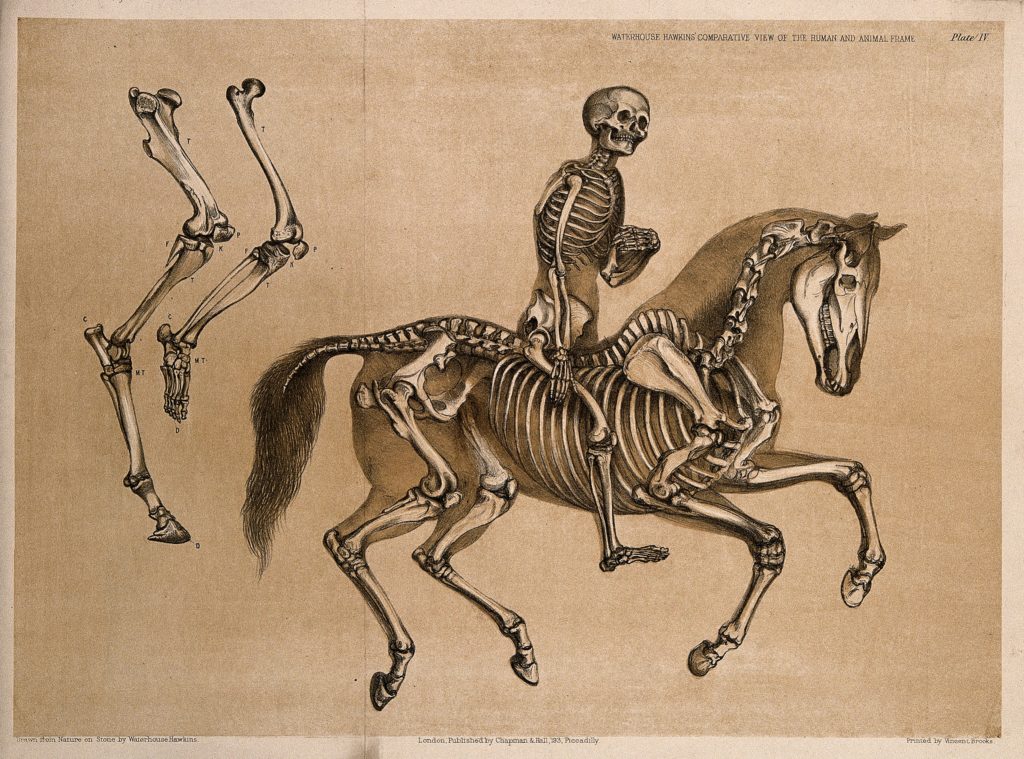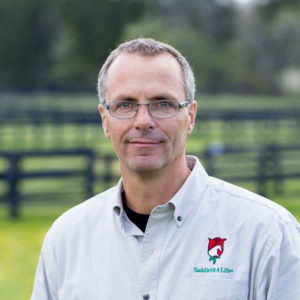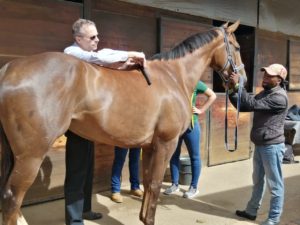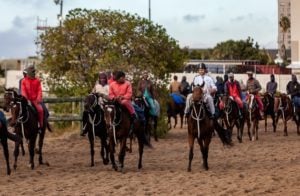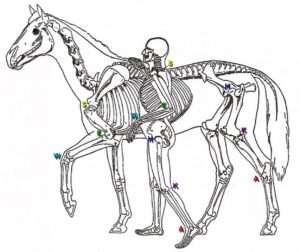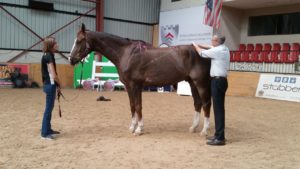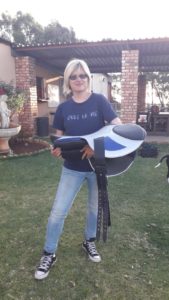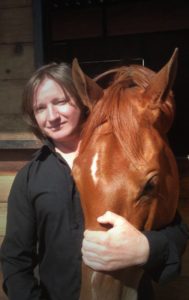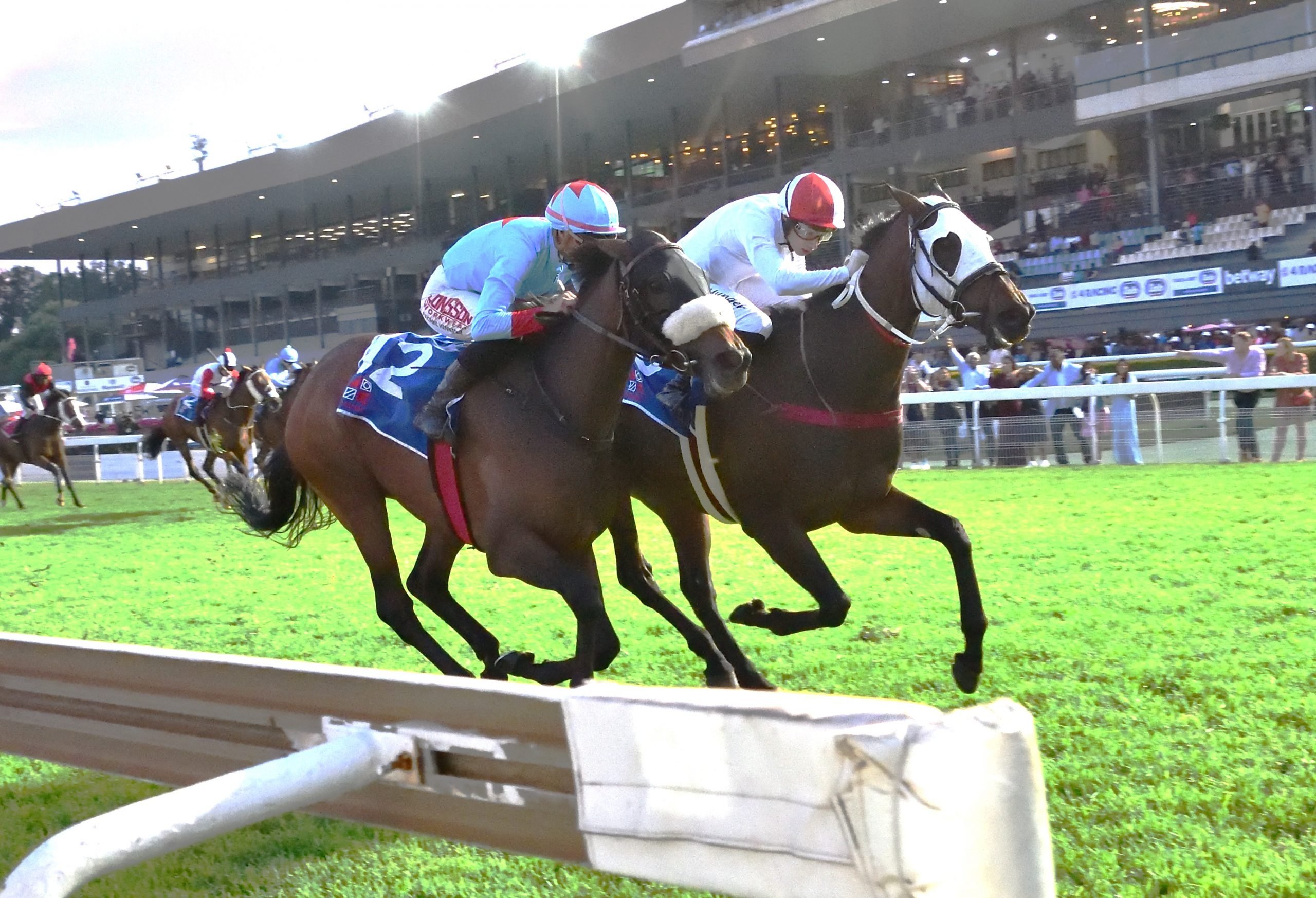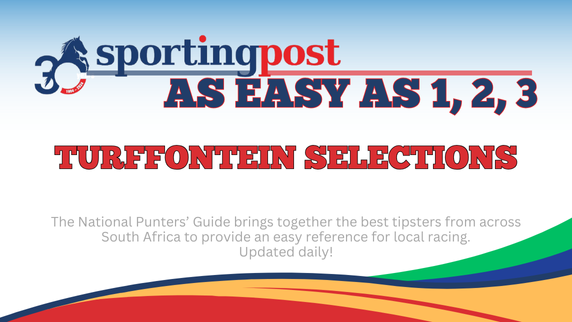There is a cute little cartoon captioned with the Richard Weiss quote “Dressage (although I’d extend that to include any equestrian pursuit) is the art of teaching the horse to carry you. Riding is the art of learning to be a good load to carry.”
Of course this applies literally as well as figuratively and part of learning to be a good load to carry is to remain curious, to not accept when things are not going well and to keep working to improve yourself, your riding and your horsemanship. It provided much food for thought at the launch of Jochen Schleese’s Destiny Light training saddle at Turffontein last November.
I loved the science behind the saddle design, the meticulous way the team measured and custom fitted the saddle for each horse and above all, Jochen’s hands on approach throughout the process. However, while I went in with an open mind, I have seen a fair bit of ‘revolutionary’ gear in my time, and was not expecting to be overwhelmed.
Good thing humble pie comes with zero calories !
But let’s start at the beginning.
Who is Jochen Schleese?
A high level 3-day event rider, Jochen qualified for the European Championships in 1984, with ambitions for the 1984 Los Angeles Olympics before his horse sadly went lame. It was a mysterious and intermittent lameness that no amount of diagnostics or veterinary advice could get to the bottom of and eventually the horse had to be retired. Years later, Jochen realised the lameness stemmed from damage caused by an ill-fitting saddle. While devastating at the time, it was the event that would shape the rest of his life.
They say one person can make a difference, and everyone should try. Determined to advocate for the horse by improving saddle design and educating riders and equine professionals about correct saddle fit, put Jochen on the path to where he is today – and landed us all at Turffontein on a hot November afternoon.
With his competitive ambitions curtailed, Jochen threw his energies into pursuing his career as a saddler. He qualified as Europe’s youngest ever master saddler and went on to work at all the major saddle manufacturers worth mentioning. More recently, he has received recognition for acknowledging that male and female anatomy are entirely different in the saddle area and incorporated these important principles into the design and manufacture of his anatomically correct range of Schleese saddles. Having had the privilege of trying one, I can personally attest that the difference is mind-blowing.
Jochen is critically acclaimed for his book, “Suffering in Silence: The Saddle Fit Link To Physical and Psychological Trauma In Horses” and has distilled his decades of knowledge and quantified it into a formal methodology, which he teaches world-wide under the banner of Saddlefit4Life, his international equine ergonomist academy.
Now you are wondering what any of this has to do with you. As interesting as it all sounds, racehorses all train and race in the same saddles and one size fits all, right? Sadly no. We spend all our time training and conditioning our horses so that they are able to carry weight over distance as fast and effectively as possible. With mere fractions of centimeters separating the winners from the also-rans (and the winner’s cheque from the rest), it makes sense to try and give our horses every possible advantage to develop and perform at their peak. As Thoroughbreds in training come in all ages, shapes, sizes and levels of soundness, fitness and development, it becomes clear that one type of saddle cannot possibly cater adequately to all.
Which brings us to the Destiny Light.
It would be impossible to describe everything that makes Jochen so incredibly good at what he does, but the key ingredient is considering the basic anatomy of both the horse as well as the rider when building and fitting a saddle.
The Science Bit
Peter Gray wrote, “We have almost forgotten how strange a thing it is that so huge and powerful and intelligent an animal as a horse should allow another, and far more feeble animal, to ride upon its back.”
It IS a strange thing and it is an extraordinary privilege that should never, ever be taken for granted, because sitting up there incorrectly can do devastating damage.
A human spine runs vertical to the ground and the vertebrae are stacked one on top of one another. When carrying weight, the columnar arrangement lends strength and stability and helps make it easier. Being a quadruped, the horse’s spinal column runs horizontal to the ground with its vertebrae situated one next to the other, creating a structure more like a train with a series of carriages attached. Putting weight on that structure is therefore quite a different prospect altogether.
The saddle forms the interface between the two and in order to make that interface a happy one, there are a number of basic principles that need to be adhered to.
Does Your Saddle Fit?
First and foremost, one has to ensure that a horse is fitted with the correct length of saddle. It should not encroach on the sensitive area on the horse’s wither (which Jochen calls the ‘wither cap’), nor extend past the 18th thoracic vertebra onto the lumbar region. but sit squarely on the horse’s saddle support area (which is individual to every horse).
The saddle needs to have sufficient spinal clearance to avoid impeding or compressing the spinal column and spinal nerves. Of particular import and interest to the racing fraternity, is that the saddle should allow complete freedom of the shoulders for maximum stride length.
Lastly, the saddle tree needs to be rigid, but sufficiently flexible to mould to the curvature and movement of the horse’s back. Asymmetries, where present, need to be taken into consideration and accommodated for.
Failure to adhere to any of these principles leads directly to compensatory movements in the horse, which in turn compromise their natural way of going. Any change to the horse’s natural movement, leads to uneven mechanical loading of their muscular and skeletal systems, which inevitably leads to injury.
Again, if you are thinking that horses don’t train for very long every day, remember that the saddle sits on the back and a complex spaghetti junction of nerves and soft tissue structures not too dissimilar to the back of your hand. If you were to rub the tendons on the back of your hand for a few minutes a day, it won’t take long for those tendons to become inflamed and painful. The same applies to the horse’s back.
South African connection
In one of those seemingly random twists of fate, Jochen’s parents have a holiday home in South Africa and therefore not only has he been a regular visitor, but has also brought his saddle fit principles with him. It was at one of these courses that he met Helene van Staden, who convinced him that there was also a desperate need for education and a better saddle fit solution for horses in training. Unlike the sport horse industry, where each horse is custom fitted with its own saddle (or saddles), checked and adjusted as the horse changes, racing’s sheer numbers and high turnover rate have led to a ‘one size fits all’ approach, with trainers simply purchasing one model of training saddle for their entire string. In addition, while South Africa has some very good work riding grooms, we also have large numbers who are less skilled and balanced in the saddle and have the potential to inadvertently cause damage simply due to poor riding.
They say ‘status quo’ is Latin for ‘the mess we’re in’. In the same way that one would not expect an entire rugby team to wear the same size kit and perform at their best, it becomes clear that in a sport where a fraction of a centimeter can make the difference between winning and losing, it seems unreasonable to expect our horses to . Yet our horses are kind and tolerant enough to put up with it and do their best anyway.
But what’s the alternative? Fortunately, Jochen likes a challenge, so work on a prototype for a work saddle started approximately three years ago. While there are still refinements to come, in honour of its South African roots, the Destiny Light III was officially launched at Turffontein Racecourse on Wednesday, 13 November 2019 to an appreciative audience of selected guests.
The launch was conducted as an information morning, with Jochen on hand to explain both the planning and technology that have gone into the design and then a practical demonstration to put the saddle to the test.
The David Nieuwenhuizen yard volunteered two horses, each of which had a Destiny Light custom fitted to their specific requirements. Each horse was then galloped twice – once with their regular work saddle and once with a custom fitted Destiny Light. The horses were fitted with monitors to measure saddle pressure, heart rate, stride / work rate, stride elevation and symmetry to collect comparative data for analysis and see whether the saddle lived up to its promise.
The Acid Test
While the horses looked visibly different under the Destiny Light and the work riders concurred that the horses galloped straighter, pulled less and also pulled up less fatigued under the Destiny Light, it was the data sets that proved most compelling, with the readings reflecting a significantly lowered heart rate – and not only was the heart rate lower, it was also more consistent and did not show the spikes recorded under the regular saddle. There was also improved symmetry and higher stride / work rate. Interpreting the data shows that although the work rate increased, the horses were able to use themselves more effectively and therefore able to perform more work with less physical exertion.
The implications for racing are obvious. Rather than bracing or compensating for poorly fitting equipment, which results in compensatory movement and compromised muscle development, a horse with a correctly fitted saddle, adapted as the horse grows and changes, can be trained and developed to its full physical potential and with less risk of injury. This in turn, can be carried over to the racetrack, where that extra capacity is converted into better performance and precious inches over the competition. Which is a lot more than I bargained for from a saddle.
Humble pie indeed!
The next phase of development is to test the saddle in field trials, a process that will be launched in the coming months. I look forward to following their progress.


